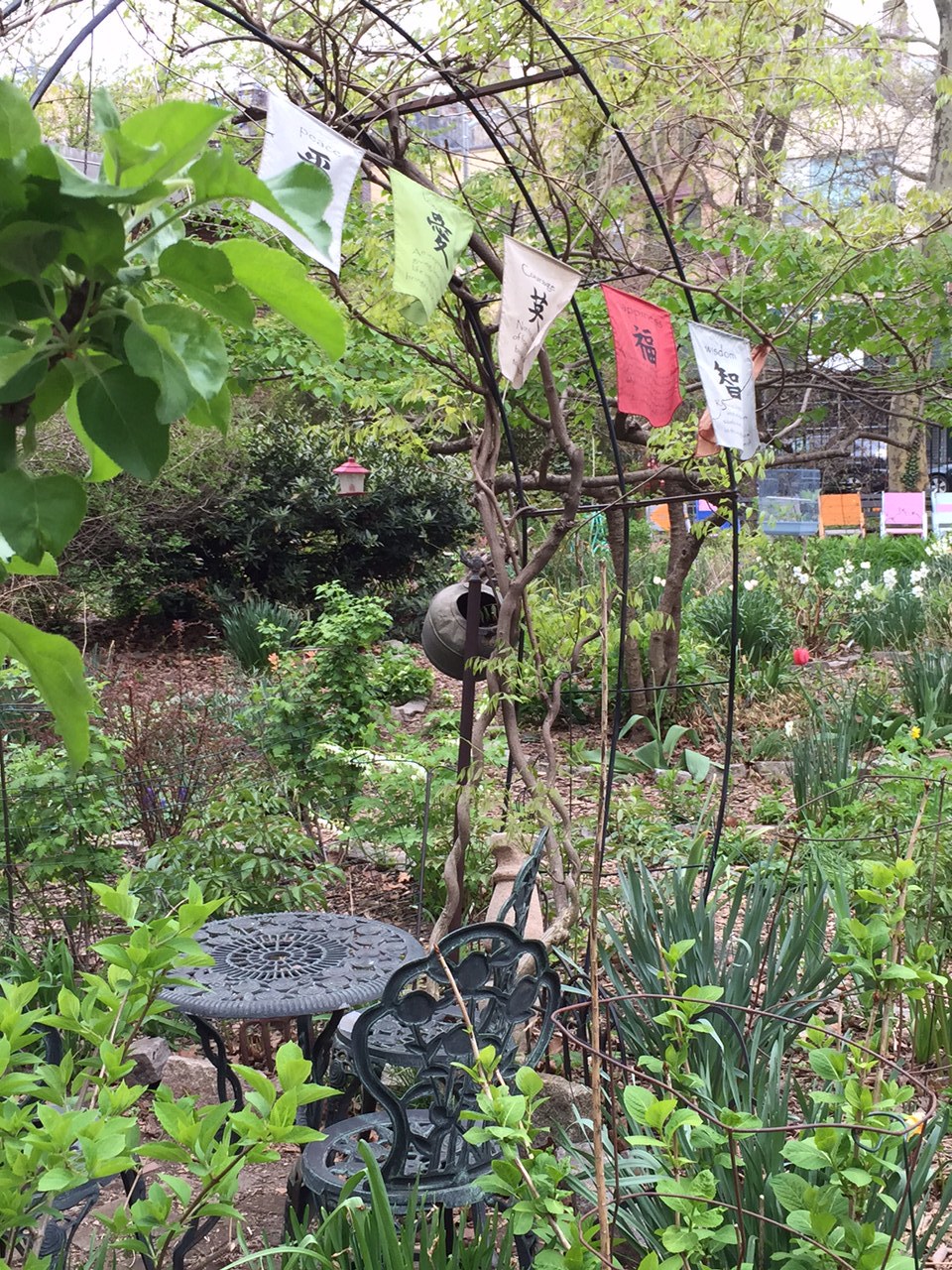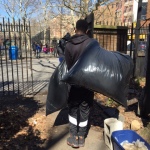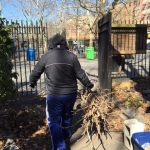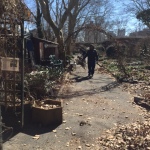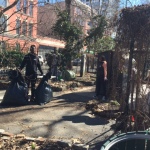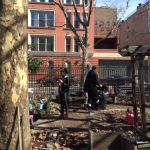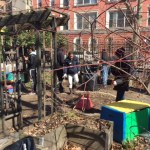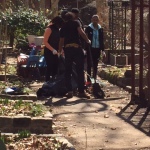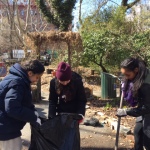Tulip Festival!
When was the last time you were at the garden? It is full of the most glorious flowers of all kinds, and begs to be seen. They are weeping for you to come and pay them a visit, to smell their delightful fragrance and gaze tenderly on their most inspiring array of colors and textures.
The bulb flower peak is right here this week, so we might as well have our little celebration of them this weekend.
Here is the poster if you want to forward to any of your friends. If you would like to bring any refreshments for Sunday, please feel free.
Thank you and hope to see you there and then!!
The 36th Asian American and Pacific Islander Heritage Festival!!!
Come Celebrate the 36th Asian American and Pacific Islander Heritage Festival !
Working Together As One
Sunday, May 3rd 11:00-4:00 in Chinatown
(Mott St., from Canal to Chatham Square)
Come spend the day with us, watching music and dance performances, learning about APA community organizations, making new friends, and having fun!
More details at www.capaonline.org, where you can register to participate.
Delicious Food!
Music and Dance Performances!
AAPI Community Organizations!
Performers!
M’Finda Kalunga Garden Opens Today!
The garden opens today with it’s first monthly meeting. All are welcome to learn more about the garden and meet some of the gardeners.
Senator Daniel Squadron at the 7th Annual 26th Senate District Community Convention
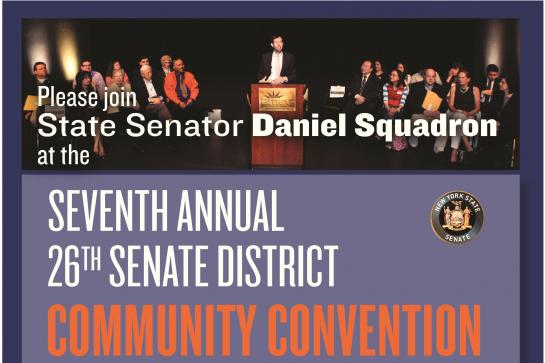 Every April, Senator Squadron hosts an annual Community Convention. It’s a chance for the entire district to come together and help set his priorities both in Albany and in our neighborhood for the year to come.
Every April, Senator Squadron hosts an annual Community Convention. It’s a chance for the entire district to come together and help set his priorities both in Albany and in our neighborhood for the year to come.
Sunday, April 12 at LES Prep High School on the Lower East Side (145 Stanton, between Norfolk and Suffolk) from 2-5 p.m.
RSVP here or by calling his office at 212-298-5565.
From the Senator:
Last year, the community set priorities, and we got results! Here are just a few:
- Hurricane Sandy devastated Lower Manhattan, and you asked for measures to protect our community from future storms. I worked with the community to secure millions more in resiliency funding to strengthen Lower Manhattan, along with my colleagues and City Hall.
- After five years fighting to prevent school overcrowding, we finally passed my legislation into law requiring more accurate student population projections and more transparency when planning school construction.
- Following the closing of Long Island College Hospital, you wanted to ensure that hospitals wouldn’t be jeopardized in other neighborhoods under similar circumstances. That why I worked with my colleagues and community members to introduce the Local Input in Community Healthcare Act, to make sure the community has a voice when a hospital closure is threatened.
- And after hearing your concerns and suggestions on traffic safety measures in the Lower East Side, I worked with CB3, the City, and local residents to make our streets safer.
Come and join our community to help set priorities that will focus my work in 2015. It’s urgent that you be part of the push to improve our neighborhoods and our State.
Daniel Squadron
New York State Senator
26th District
City Parks Foundation
|
|||
|
Manhattan CB 3 Asks DOT for Protected Bikeway on Chrystie Street
From the lodown:
“The plan, which would replace faded bike lanes with a protected bikeway alongside Sara D. Roosevelt Park, is receiving consideration now because the bumpy street is scheduled for milling and paving, offering an opportunity to refresh its layout. “We are looking to resurface the road this year, so we will come back to the community once a design is put together,” DOT Manhattan Liaison Colleen Chattergoon said at the transportation committee meeting.”
Once the design is in from DOT, the community will view the results and weigh in. There are many seniors, housing for the deaf, children’s playgrounds, schools, etc. that will want to review the design to insure this works for elderly and youthful pedestrians, pedestrians with special needs, and bikers and cars and small businesses…
“Some Lower East Side Park Projects Receive Funding, While Others Languish”
Read the article on the Stanton Street Building in SDR Park in the Lo-Down.
“Where the Parks Department sees a place to store stacks of pristine work gloves, rakes and other supplies, local activists envision a community center. Reconciling the two designs on a Stanton Street building within Sara D. Roosevelt Park remains as elusive now as 20 years ago….”
-story reported by Zach Williams.
Much thanks to the LoDown for their continued interest and thorough reporting in the park and it’s surroundings.
LESReady Town Hall – on Community-based research report
On February 25th, LES Ready: The Lower East Side Long Term Recovery Group will be hosting a town hall meeting to share findings and recommendations from a recent community-based research report. The report focuses on what worked well in the recovery effort following Hurricane Sandy, what could be improved, and documents the resources that CBOs in the Lower East Side had in place during Sandy, as well as their capacity to respond to future disasters. At the meeting, LES Ready will be distributing a newsprint that includes tips for disaster preparedness, and a map of where community resources can be found during disaster emergencies.
Date:
Wednesday, February 25th from 6-8pm
Grand Street Settlement, 80 Pitt Street.
Free! All are welcome!
For more information, please contact Lilah Mejia at lesreadyinfo@gmail.com.
- Go to the previous page
- 1
- …
- 150
- 151
- 152
- 153
- 154
- 155
- 156
- …
- 162
- Go to the next page

